Stenterello's father resting in Ognissanti
 In piazza Ognissanti, that before the advent of Radio in the Palazzo Vecchio had become the meeting point of the Florentine Carnival reborn, also internazionalizzatosi, He finds, in the cloister of the Church of the same name, the tomb of Louis Del Buono, the creator of Stenterello, the traditional Florentine masking.
In piazza Ognissanti, that before the advent of Radio in the Palazzo Vecchio had become the meeting point of the Florentine Carnival reborn, also internazionalizzatosi, He finds, in the cloister of the Church of the same name, the tomb of Louis Del Buono, the creator of Stenterello, the traditional Florentine masking.
Even the same Eugenio Giani, that revived the carnival in Florence, was aware of this fact.
The I did this I, in 2006, at the end of the press conference in Palazzo Vecchio of the third edition of the carnival Florentine.
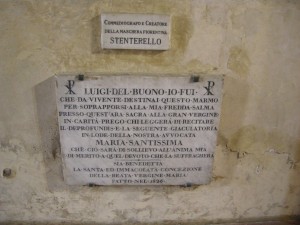 Luigi Del Buono, born in 1751 and died in 1826, as we remember the tombstone, mail 30 walk around, on the right, in the corridor leading to the cloister of the church of All Saints, in 1793 year of the death of the playwright Goldoni, gave birth to mask Stenterello.
Luigi Del Buono, born in 1751 and died in 1826, as we remember the tombstone, mail 30 walk around, on the right, in the corridor leading to the cloister of the church of All Saints, in 1793 year of the death of the playwright Goldoni, gave birth to mask Stenterello.
Watchmaker and actor, Del Buono reciting in Naples created this character to personify the spirit of the people of Florence, as opposed to the Neapolitan mask of Pulcinella, and took him to the death scene.
In the last century, up to half of the 70, could be seen on the streets of Florence a few children still dress mask Stenterello – writer for many years, at the time of the elementary asked specifically to his mother - because her clothing is very simple: a blue jacket with lapel sleeved checkered red and blacks, a waistcoat speckled green pea, of dark shorts and short, knickerbockers, two different socks foot, a red and white striped - blue, black shoes with buckle bream, a hat with a boat and a black wig with a ponytail, Two thousand but in no, the kids do not even know who is Stenterello.
 Some might wonder why the tombstone of dad Stenterello is located in All Saints, and not in the Holy Cross, among the great characters: but it is simple, because here, where today stands the Protestant church, at number 6, and where the municipality in 2006 has placed a memorial plaque, was one of the most qualified and popular theaters in Florence, the "Theatre of Borgognissanti", designed and built by the Academy of Solisciti in 1778 and in which, the 16 February 1791 was performed for the first time ever in Italy's Hamlet, William Shakespeare's masterpiece.
Some might wonder why the tombstone of dad Stenterello is located in All Saints, and not in the Holy Cross, among the great characters: but it is simple, because here, where today stands the Protestant church, at number 6, and where the municipality in 2006 has placed a memorial plaque, was one of the most qualified and popular theaters in Florence, the "Theatre of Borgognissanti", designed and built by the Academy of Solisciti in 1778 and in which, the 16 February 1791 was performed for the first time ever in Italy's Hamlet, William Shakespeare's masterpiece.
Threatened with forcible demolition in 1787, because a much frequented by "turbulent", was saved only by the arrival of the French.
Here Del Buono gave birth to the "Theatre of Stenterello".
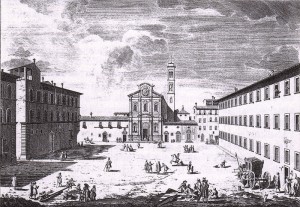 The theater, Then he saw the interpretation of Stenterello also by other actors, was finally closed in 1887.
The theater, Then he saw the interpretation of Stenterello also by other actors, was finally closed in 1887.
At the time welcomed well 1400 audience, and had changed his name to that of the original Teatro Rossini, in honor of the great musician who had lived in Florence from’ April 1848 all’ April 1855, and that today is buried in Holy Cross.
In 1895 was transformed into a church by the Protestant community in Florence.
That's why Luigi Del Buono, many critics, for its inventiveness and its capabilities, consider him a precursor of Petrolini, still looking, as reported by the spartan tombstone, "Pity the memory of Florence", in the cloister of All Saints, or in the street where artistically has always "lived".
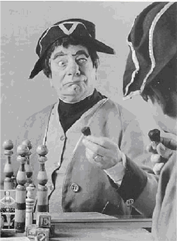 That plaque, in the era of PC and multimedia interactive, asks us not forget his art and the "old" mask Florentine Stenterello.
That plaque, in the era of PC and multimedia interactive, asks us not forget his art and the "old" mask Florentine Stenterello.
Frank Mariani
By the number 3 – The Year of 29/01/2014

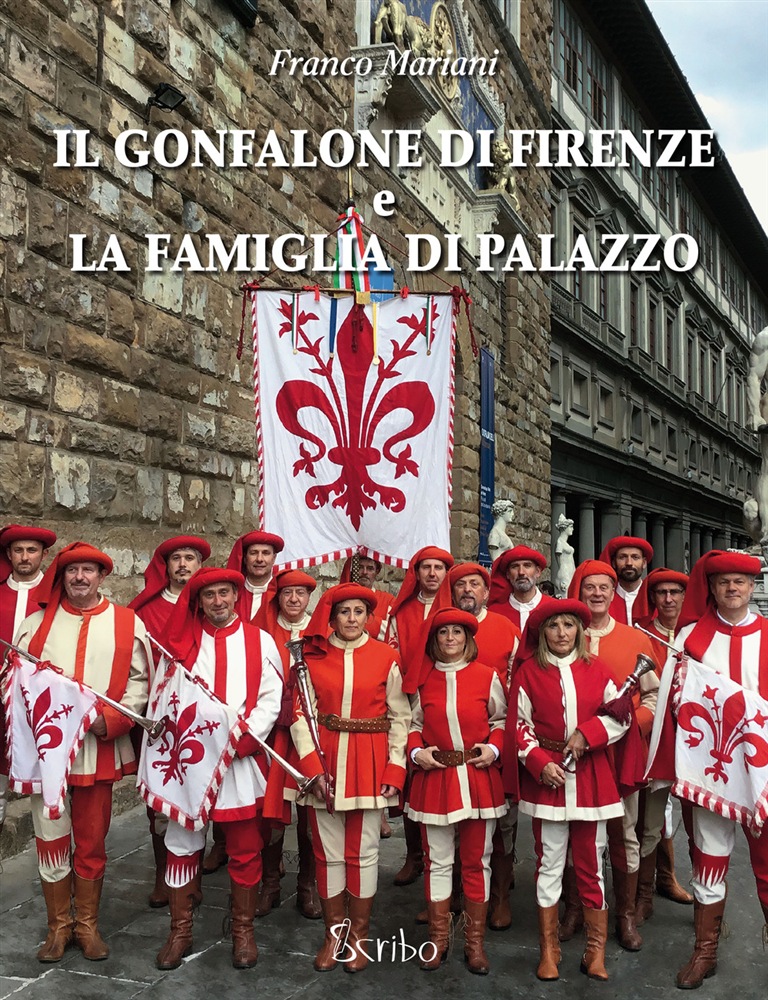




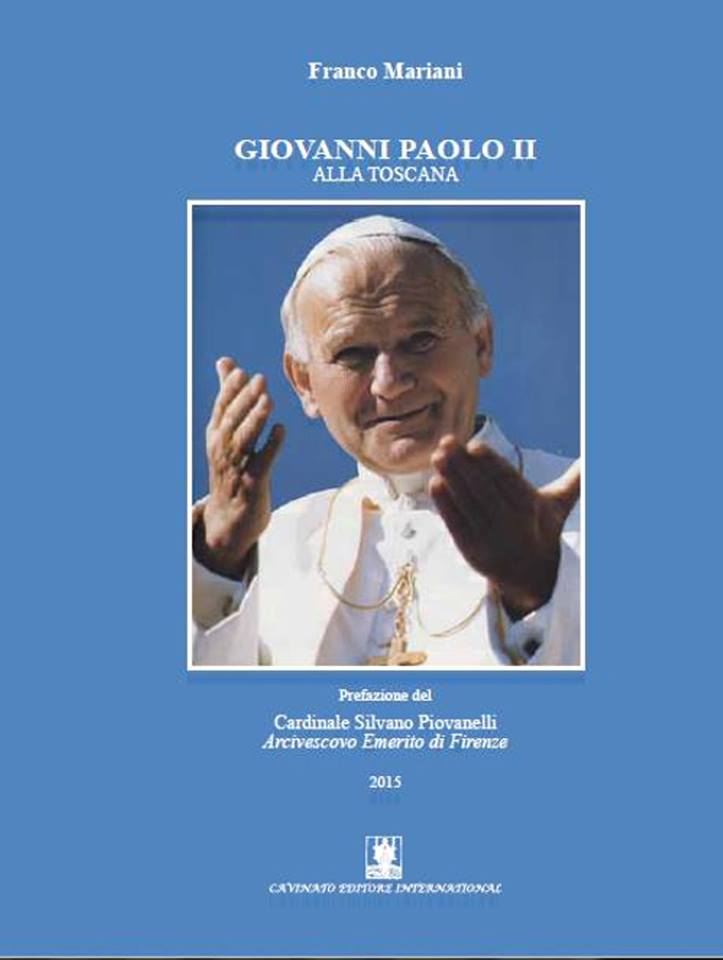
Follow Us!